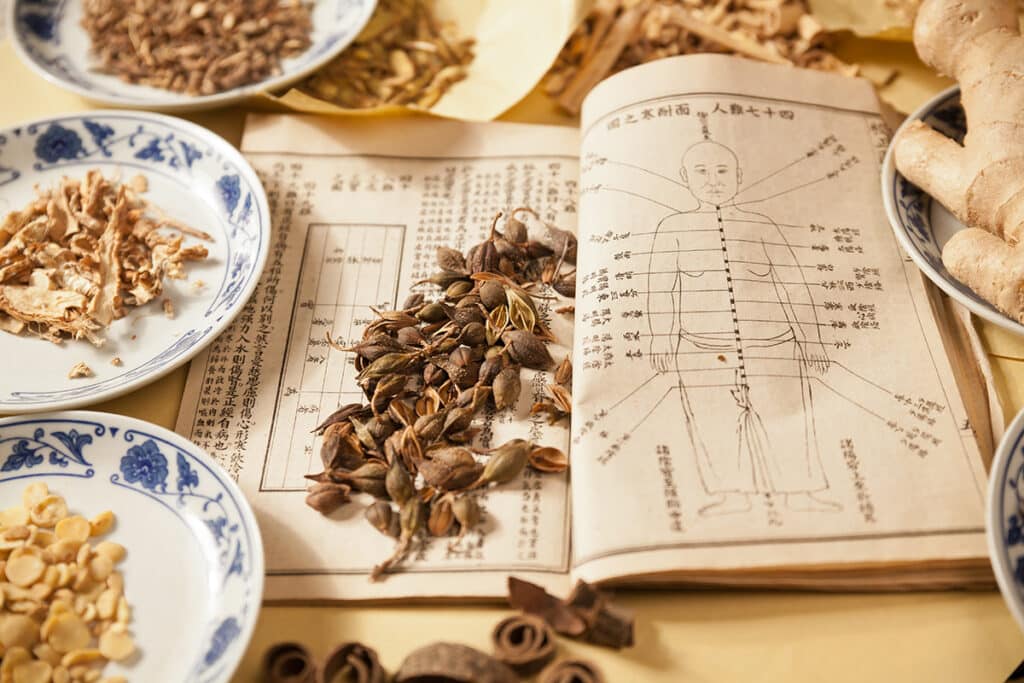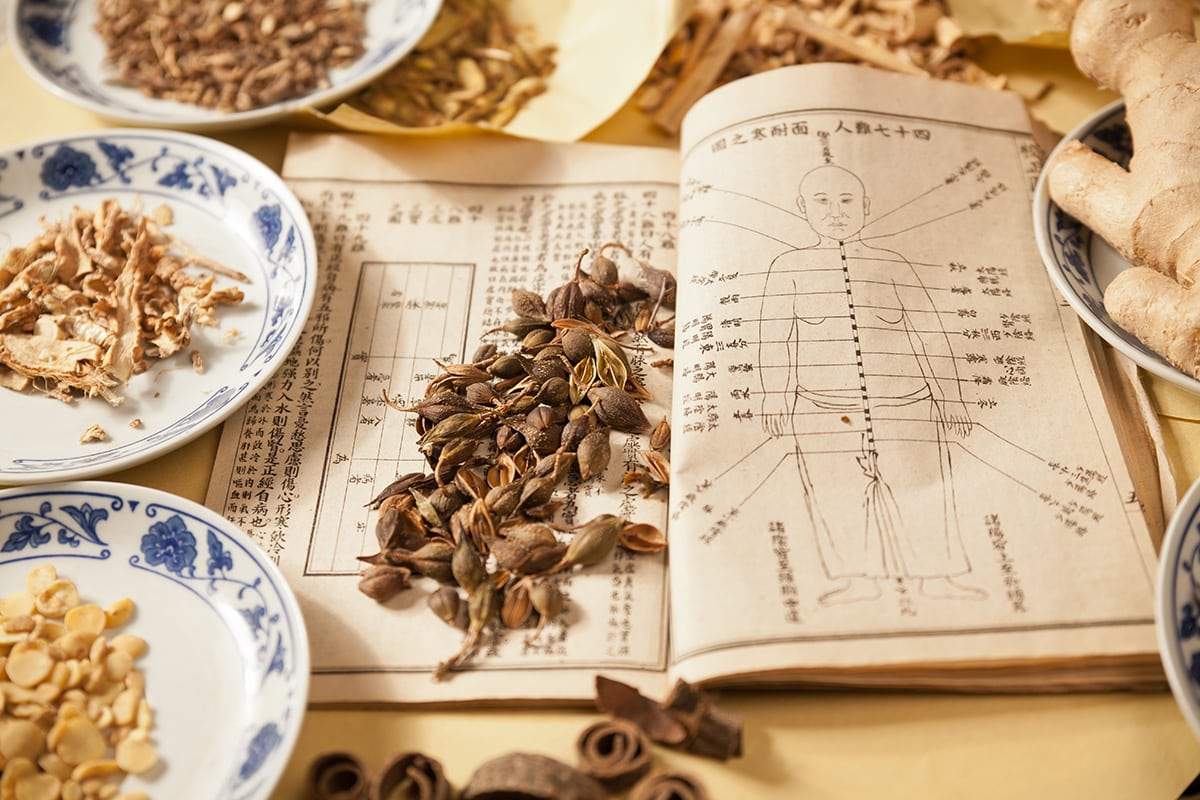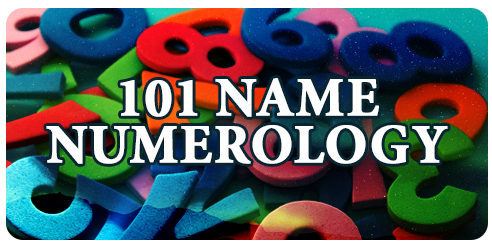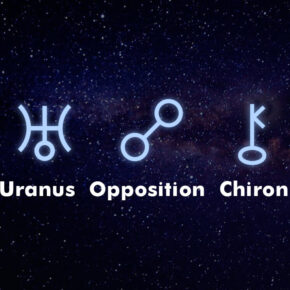
Medicine is the field of health and healing. It is both a science and an art that involves using drugs and various procedures to prevent, alleviate, and cure diseases. Applied to the Chinese context, it’s the pursuit of well-being through harmony with oneself and the universe. Mind, body, and spirit are inseparable and occur with the five elements—earth, fire, metal, water, and wood.
Traditional Chinese Medicine (TCM) is concerned with qi or the energy flow within the body. The balance between yin and yang allows it to flow within the body properly. Mind and body practices such as acupuncture, cupping, massage, moxibustion, Taichi, and Qigong may help restore these forces’ balance.
Herbs and concoctions also form an integral part of Chinese medicine and dietary recommendations to ensure balance within the body and harmony with the universe. Chinese herbal formulas strengthen organs and support good health. They come in the form of brews made from one or a combination of medicinal plants or dried animal parts. Taken together with dietary recommendations, these ensure holistic well-being.
Timeline of Chinese Medicine and Herbology
Chinese medicine dates back to its imperial glory when emperors immersed themselves in the pursuit of well-being. From then on, ancient doctors and medical persons meticulously compiled medical writings and commentaries. These classics on various illnesses, procedures, and herbology remain in force today, complementary to Western medicine forms.
- Fu Xi
The legendary founder of the Chinese people introduced the concept of yin and yang. Yang represented all things male and active (sun, heaven, day, heat, dry, life), while yin is female and passive (moon, cold, night, death). In early Chinese medicine, the forces of yin and yang govern everything—from illness sources, the classification of body organs, and even medicines.
- Shennong
Shennong, or the Red Emperor, was born in the 28th century BCE. He reputedly tasted 100 herbs and classified plants based on their curative or poisonous characteristics. He wrote Shennong bencaojing (Divine Husbandman’s Classic of Medicine), which categorized herbs as superior (rejuvenating and nonpoisonous), medium (tolerable toxicity with tonic effects), and inferior (poisonous but effective in fever and indigestion).
- Shang Dynasty (1766-1122 BCE)
This period is considered the beginning of Chinese medicine. At this time, illnesses are attributed to curses from dead ancestors or by a demon that entered the body. Shamans acted as mediators between the sick and the ancestors. They used scapular bones or tortoise shells as ‘oracle bones’ and pierced them with hot rods until cracks formed on the bone or shell. They then interpreted the cracks to know the will of ancestors and how the sick could be cured.
- Huangdi (2697 BCE)
Known as the Yellow Emperor, Huangdi wrote about his conversations with his physician regarding health and disease known as Huangdi Neijing (Yellow Emperor’s Inner Classic). The text explained that body organs require harmony between air (qi) and blood (xue). Diseases of the body were caused by changing winds and seasons and diversions from proper living habits known as the Dao or Way.
He also recommended acupuncture and moxibustion as treatments for correcting imbalances and treating illnesses. Acupuncture stimulates the release of the body’s natural painkillers by inserting thin needles that are 3 to 24 cm (1-9 inches) in length into specific points on the body.
On the other hand, moxibustion involves burning a cone or stick of ground mugwort leaves (moxa) on or near the body’s acupuncture points. The moxa’s heat is said to improve the flow of energy (qi) to treat various health issues and restore balance inside the body.
- Zhou Dynasty (1046-256 BC)
After the three great emperors, the Chinese deviated from shamanistic beliefs towards observing physical symptoms of diseases. Zhang Zhongjing wrote a book entitled Treatise on Cold-Induced and Miscellaneous Diseases, in which he described typhoid fever and recommended several drugs and cool baths as treatment. He also advocated for examining signs and symptoms to determine illness or health.

- Qin and Han Dynasty (220 BCE- 221 AD)
Shen-nong put together an extensive reference for the first Chinese pharmacopeia entitled Shen-nong’s Classic of Herbal Medicine, which classified medicinal herbs according to their properties. The text also provided instructions on how to combine and administer concoctions. This Chinese classic includes well-known herbs such as rhubarb, ephedra, castor oil, camphor, hemp, and mahuang, available at https://www.peoplesherbs.com/ for your modern-day herbal remedies.
Hua Tuo is considered the first Chinese doctor to use anesthetics by blending hemp and wine. He instructed patients to drink the anesthetic and perform various surgeries to treat gastrointestinal diseases, remove dead tissues, and partially remove the spleen.
One of his well-known surgeries involved General Guandi, who refused the anesthetic drink and played a board and stones game with his soldiers while Hua Tuo scraped and cleaned the infected arrow wound on his arm. Unfortunately, his book Qingnang shu (Book of the Blue Bag) was burned when he was jailed and executed by Emperor Caocao.
- Middle Ages (221-580AD)
During this age, traditional Chinese medicine continued to expand in the areas of diagnosis and treatment. Huang Fumi identified an estimated 350 distinct acupuncture pressure points on the human body and titled his work Systematic Classic of Acupuncture and Moxibustion.
Another Chinese doctor, Wang Shue, wrote the Maijing (The Pulse Classic), which provided instructions on how to determine internal organ diseases through the quantity and quality of the pulse. Varying pulse rates on three places of the hand (near, middle, and farthest) could indicate thoracic pains, accumulation of blood, vomiting, and heat in the chest. Pulse was considered the only method for diagnosis and prognosis. It was even believed to be a prediction of the time for recovery or death.
In the 3rd century, Ge Hong also gave a detailed description of smallpox and introduced the first vaccination methods.
- Tang Dynasty (618-916 AD)
Huang Bing added to the previous works of Zhang Zhongjing to create a complete version of the Huangdi Neijing.
- Ming Dynasty (1368-1644)
In 1578, Li Shizhen drafted Bencao Gangmu (The Great Pharmacopeia) after reading 800 medical books and 30 years of fieldwork. This record was published after his death in 1596. It consisted of 52 volumes and listed 1,000 herbals, including plants, animals, and minerals with medicinal properties.
- 16th -17th century
Traditional Chinese medicine also made its way to France in 1671 and other parts of the world.
- 1881
The establishment of the first college for medicine in Tianjin formalized TCM.
Ing Hay reportedly introduced traditional herbology to the US in 1888.
- 19th century
Chinese immigrants who worked on the transcontinental railroad and the California Gold Rush continued to practice traditional medicine in their newly-established communities.
- 1909-1929
After Zhang Xichun questioned Chinese medicine’s use with his book Records of Traditional Chinese in Combination with Western Medicine, the Kuomintang government proposed to stop medical schools from teaching the ancient practice. The introduction of penicillin compelled the Chinese government and their people to favor Western medicine over traditional practices. Acupuncture was outlawed in 1929.
- 1949-the 1960s
With the rise of the new government came the revival of traditional medicine. A year after, research facilities devoted to TCM emerged, and acupuncture became popular with China’s neighbors. In this same year, the 1st National Conference on Health combined Western and Chinese practices to unify the country. They also codified Traditional Chinese Medicine.
In the next decade, hospitals that integrated both traditional and Western medicine emerged throughout China.
- The 1970s
Chairman Mao modernized Chinese medicine and aligned them with Western beliefs. In 1971, American journalist Henry Kissinger wrote about his operation and acupuncture experience, which introduced Chinese medicine to the general public.
Then President Richard Nixon paid a visit to China. He encouraged TCM in the United States and gave rise to the Chinese medicine movement.
- The 1980s
The Ministry of Public Health established modern guidelines and protocols for both TCM and Western medicine. This led to the specialization of TCM practices such as acupuncture, moxibustion, and Qigong.
In 1892, The American Association of Oriental Medicine (AAOM) and The National Council for the Certification of Acupuncture and Oriental Medicine (NCCAOM) were established. TCM practitioners adhere to the guidelines set by these two organizations in the United States.
- Present
Chinese hospitals now integrate the practice of TCM with Western medicine in treating patients for their illnesses. Medical practitioners perform western medical surgeries and prescribe Chinese herbal medicine for their recovery.
Holistic practitioners also combine traditional mind and body practices such as acupuncture, massage, and herbal products to alleviate pain and address health problems. Holistic doctors use traditional and western medicine to address the root cause of the problem and restore balance to the patient.
Závěrem
Chinese medicine is an established system of health and wellness used for thousands of years. As a form of medicine, TCM is both an art and science dedicated to curing diseases and ensuring well-being. As a science, it evolved from shamanistic beliefs into a comprehensive system of diagnosis and treatment. Both preventive and holistic ensure the proper flow of energy and the balance of yin and yang within the body.
As an art, it involves various methods of restoration, beginning from herbal formulas, acupuncture, moxibustion to cupping and dietary recommendations. It also harmonizes the mind, body, and spirit with meditation techniques such as Taichi and Qigong. It’s a holistic treatment complementary to Western medicine.








